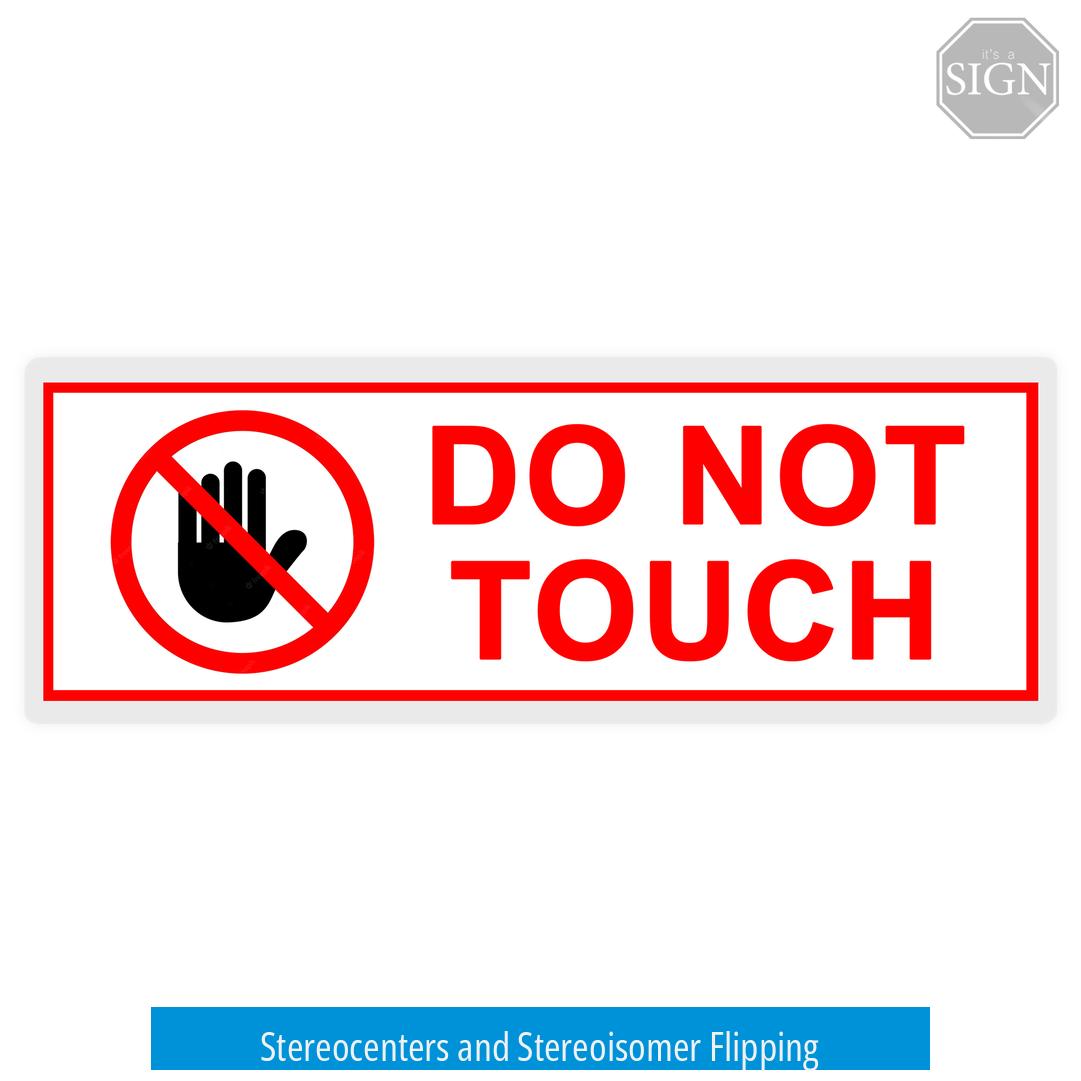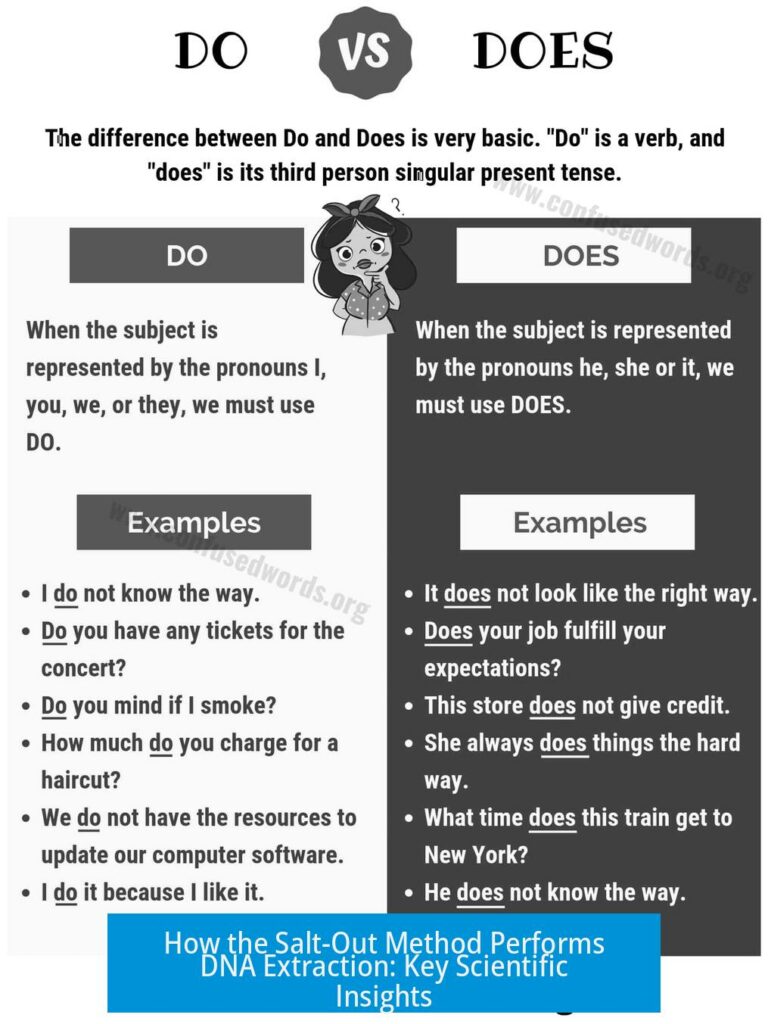Do Diastereomers Need Chiral Centers?

Diastereomers do not need chiral centers to exist. They are stereoisomers that are not mirror images of each other. While chiral centers often feature in diastereomers, they are not a strict requirement. This distinction sets diastereomers apart from enantiomers, which must be non-superimposable mirror images and generally require chiral centers.
Definition and Basic Concepts
Diastereomers arise from differences in spatial arrangement but differ from enantiomers. Enantiomers are mirror images that cannot be aligned by rotation. If the two stereoisomers are not such mirror images, they qualify as diastereomers.
Chiral centers typically refer to carbons bonded to four distinct substituents. However, diastereomers can appear without these centers. For example, (2R,3R)-butan-2,3-diol and (2R,3S)-butan-2,3-diol are diastereomers having chiral centers, but cis/trans isomers of cyclic compounds like cis-1,4-dichlorocyclohexane and trans-1,4-dichlorocyclohexane also represent diastereomers without necessarily involving chiral centers.
Geometric Isomers as Diastereomers
Cis and trans (or E/Z) isomers are common examples of diastereomers. These isomers differ in the geometric arrangement around a double bond or ring system and do not require chiral carbons. Such stereoisomerism is a clear demonstration that diastereomerism extends beyond chiral centers.
Stereocenters and Stereoisomer Flipping

- In molecules with multiple stereocenters, enantiomers involve flipping all centers.
- Diastereomers differ at one or more but not all stereocenters.
- For example, a molecule with six stereocenters has one enantiomer (all flipped) and many diastereomers (partial flips).
Chirality Beyond Chiral Carbons
Molecules can exhibit chirality without chiral carbons. Examples include spiro compounds where a tetrahedral carbon connects two rings, creating molecular chirality. Axial chirality, such as seen in certain biaryl systems or allenes (R=C=R), arises without classical chiral centers.
Conformational isomers formed by ring flipping may also produce diastereomeric forms when steric hindrance locks conformations. While often ignored due to rapid interconversion, some bridged biaryl compounds demonstrate stable conformations representing diastereomers.
Summary of Key Points
- Diastereomers do not require chiral centers.
- They include stereoisomers differing at some but not all stereocenters.
- Geometric isomers (cis/trans) are diastereomers without chiral centers.
- Molecular chirality can exist without chiral carbons, yielding diastereomers.
- Stereochemistry involves multiple elements beyond just chiral carbons.





Leave a Comment